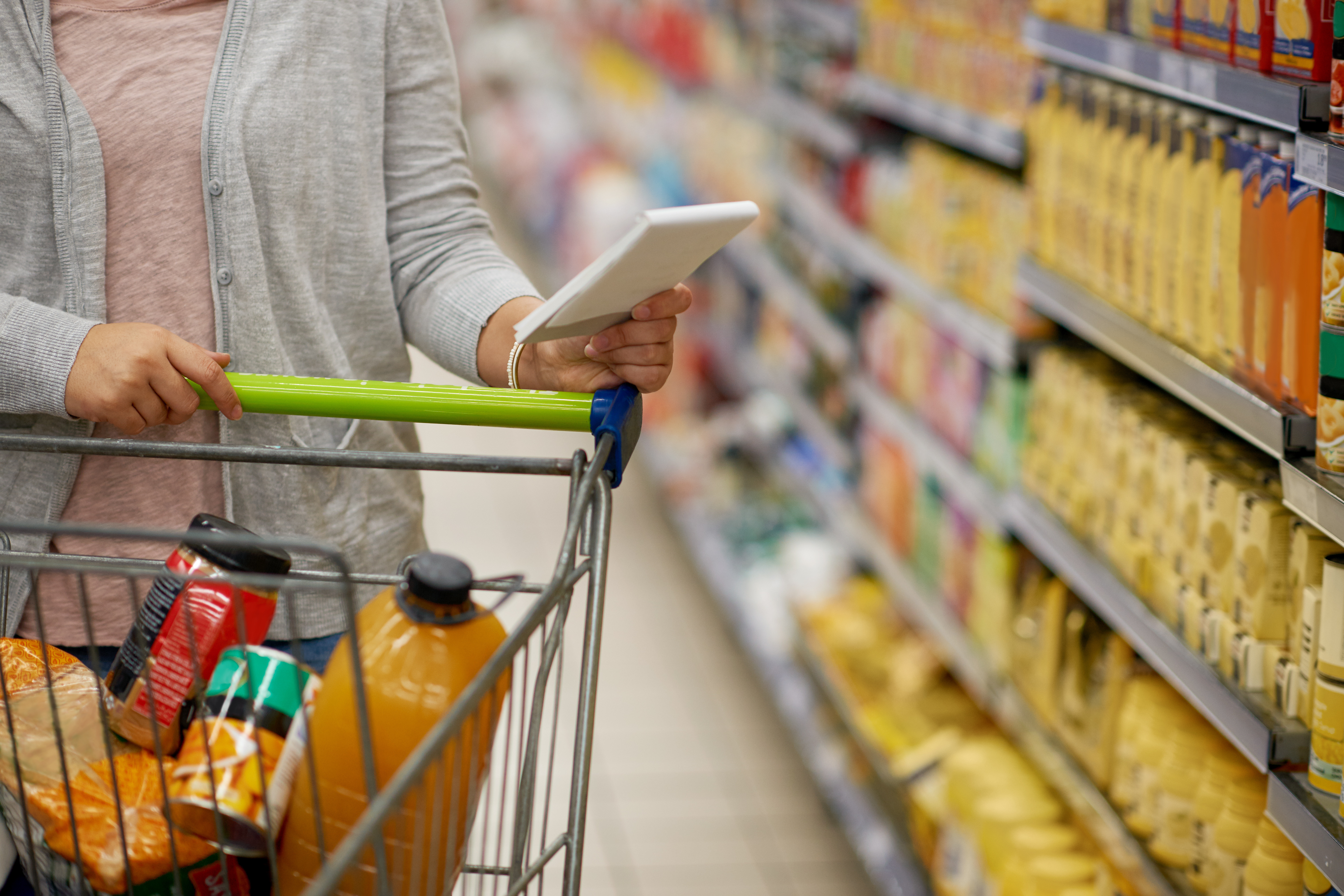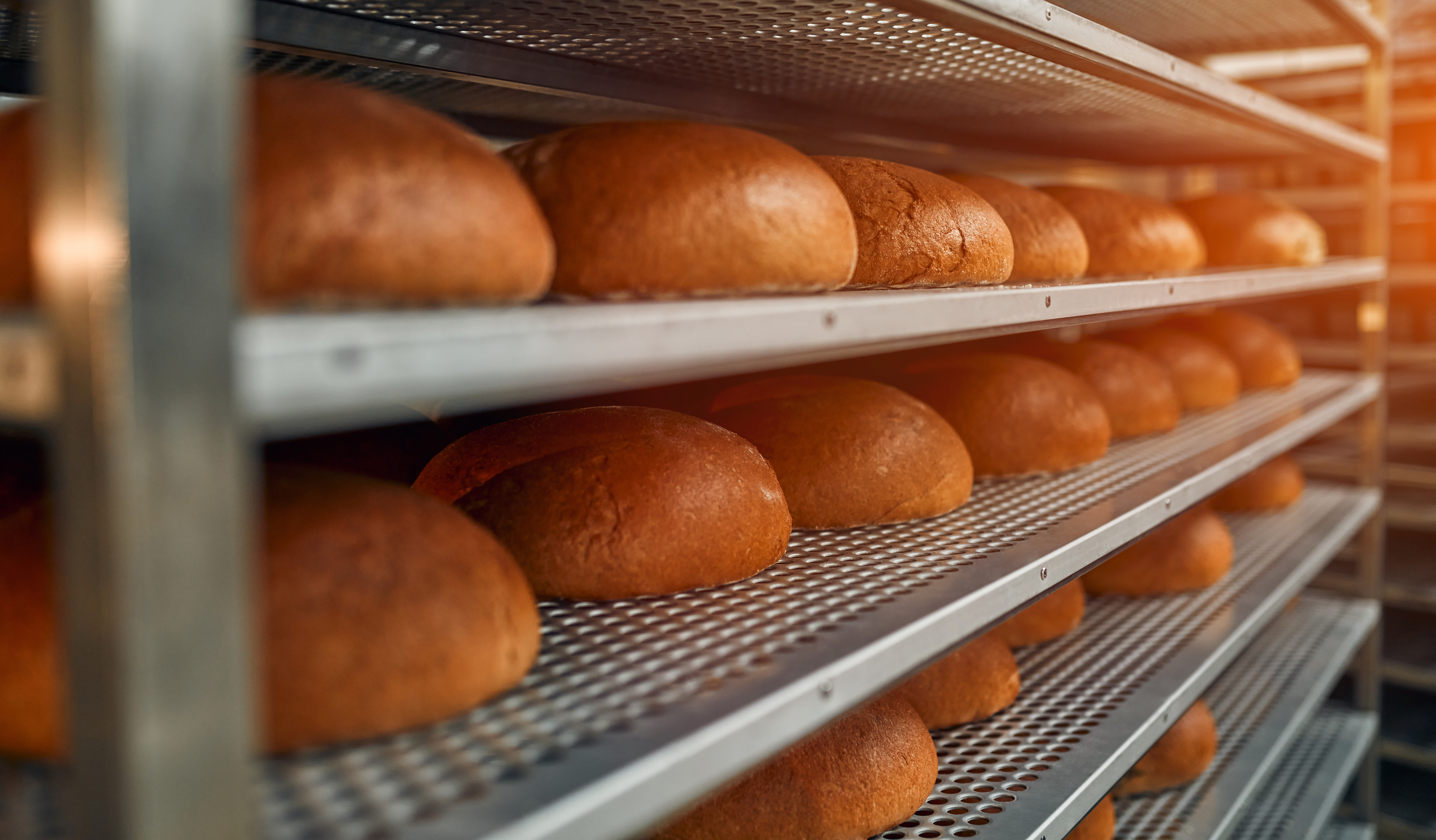Ensure Product Accuracy Through Proper Specification
 How will you know what to produce unless it is defined?
How will you know what to produce unless it is defined?
For example, if I give you the vague task of baking a cake, it’s hard to know where to start. Do you make a birthday cake, a carrot cake, or an ice cream cake? Vanilla frosting? Chocolate frosting? Sprinkles?
For this reason, suppliers need to know all the pertinent details for your product specifications in order to create an effective product.
What Is a Product Specification?
A specification is typically developed with input from the customer and considers regulatory requirements, industry standards, and relevant best practices.
Section 2.3.2 of Part B of the SQF Edition 9 Code outlines the requirements for Raw Material, Packaging, Finished Product, and Service Specifications. Section 2.3.2 also outlines the methods and responsibility for developing, managing, and approving raw materials, finished products, and packaging specifications. This section goes into specifications for all raw materials and packaging, including, but not limited to, ingredients, additives, hazardous chemicals, processing aids, and packaging that impact finished product safety, along with the appropriate documentation process.
Product Specification Classifications
SQF classifies these specifications into four groups:
- Raw material
- Finished product
- Packaging
- Contract Services
Raw materials include ingredients, additives, processing aids, agricultural inputs, seeds, and hazardous chemicals.
Product specifications describe size, weight, color, nutrient content, organoleptic properties, microbiological and chemical thresholds, packaging, handling, and shipping.
Contract services specifications include descriptions of services to be provided and relevant training for all contract service personnel.
Product Specification and Documentation
The SQF Code requires sites to develop and keep specifications for all finished products, raw materials, agricultural inputs, and packaging.
It is important to determine the who, what, when, where, and why of specifications in the documentation process. Determining these details will allow your site to create a process where it will be simple to review, edit, and update specifications as necessary.
Validation and Verification
Other key steps necessary in the specification process are validation and verification.
Validation is using scientific and technical evidence that shows that the control measures selected by your site are effective in controlling a hazard if appropriately implemented.
Verification is where a site uses monitoring or testing to confirm that control measures are operating as intended.
A combination of validation and verification will help ensure that your site is doing its best when developing or reviewing a specification.
SQF Risk Management: Raw and Finished Product Specifications Program
For more information regarding Raw and Finished Product Specifications, see our new course: SQF Risk Management: Raw and Finished Product Specifications Program. This half-hour course will help you learn exactly how to curate each of the SQF-required specifications for raw and finished product specifications.
The New SQF Risk Management Collection is created by SQF and designed for cross-functional teams — not just the SQF practitioner. It includes seven courses in the most critical areas of risk management, including raw and finished product specifications.
Our new SQF Food Safety Risk Management Collection is available for purchase for $899. The SQF Raw and Finished Product Specifications Program is available for $189.
Recent Blog Posts
The FMI Foundation, in partnership with SQFI, awarded 19 scholarships from 152 applications for the 2025-2026 Food Safety Auditing Scholarship program.
Private brands in the grocery industry are experiencing significant growth, evolving from budget alternatives to strategic assets that drive customer loyalty and distinguish retailers.
Recall prevention means embedding food safety throughout your operations so those failures never reach the customer.




